Walking around the Farber Farm, you’ll find corn, pumpkins, tomatoes, beans, basil, and so
much more. The vibrant colors of the various plants finally showed after months of
construction and planting. The farm manager, Alex Rosenberg worked closely with the
construction crew to make this project a reality. The plans started years ago when the Farber
Family came to Tamarack with the idea of starting an educational farm.
According to Alex, the farm was a team effort. During the planning stages, it was crucial to hear
ideas and accept help. Through various meetings and consulting with Farmer D, an influential
person in the Jewish agrarian food/ farming movement, Alex received lots of great help!
The farm produces food three seasons of the year—spring, summer, and fall. The wintertime will
be spent growing ideas for a better season, reflecting on the last season, and calculating the
yields produced. Microgreens will also be grown under light bulbs.
In the spring, crops for the summer harvest are planted, such as radishes, spinach, and
peppers. In the fall, many root plants, like pumpkins and carrots, are harvested. Alex points out
as the days shorten, people begin to hunker down and reflect indoors; similarly, the crops of this
time are root plants that pull downward just like how people become more grounded as they await the
cold season.
Crops will be rotated on the land over the years. If one crop is grown in the same location every
year, the same nutrients are being taken out of the soil. This rotation allows different nutrients to
be taken out and put back into the soil. For example, broccoli and kale are harsh feeders. They
take a lot from the soil and that’s why they are so good for us. The next year, beans should be
planted because they take nitrogen from the air and put it back in the soil.
In addition to all the fruits and vegetables, the farm includes a pizza oven, a hoop house, and a
calendar garden. The hoop house keeps the plants warm and dry. The circular garden is
dedicated to Jewish education. Each plant section represents a period of time in the Jewish
calendar. The plants correspond to the holidays during that time and coincide with the
associated colors!
To make the Farber Farm a reality, it took many people working together. After all the hard
work, the farm has transformed into a place to help connect young people to the earth. Students
learn about plants grown without chemical pesticides as they taste the crops, feel the soil, and
touch the plants. This upcoming year, new additions to the farm will include a greenhouse and a
learning center. The Farber Family is excited about these new additions to provide students
with even more learning opportunities!
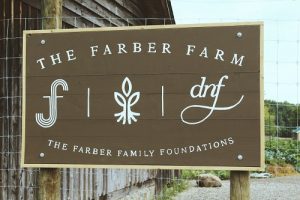
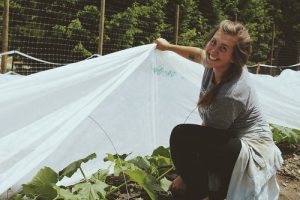
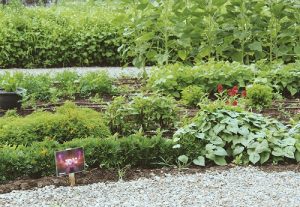
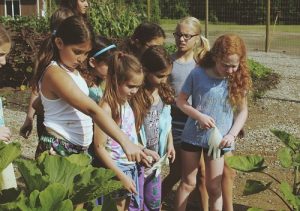
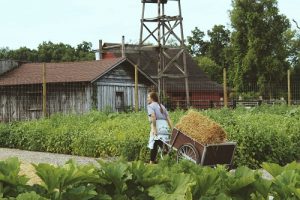
Author: G. Noonan
